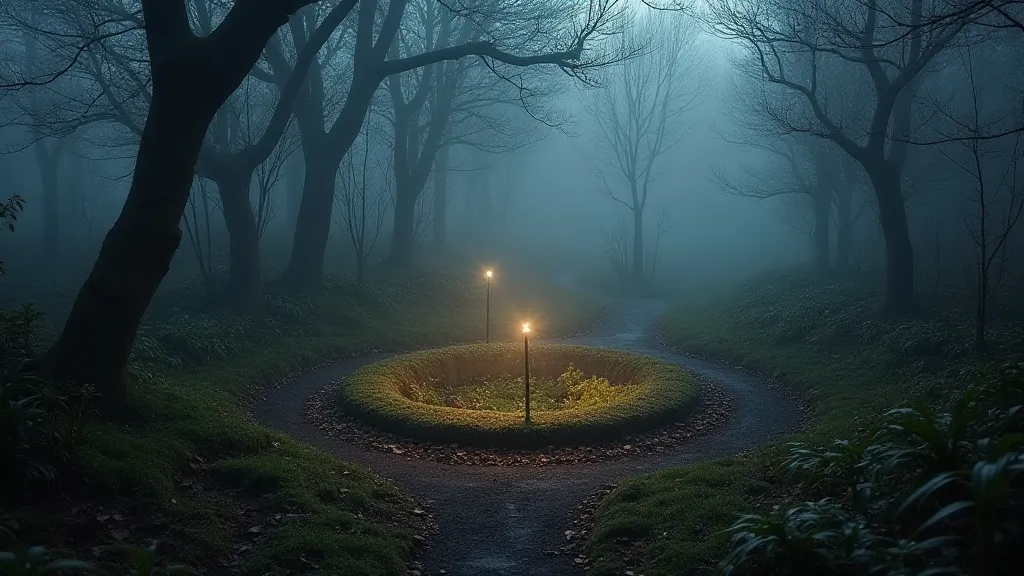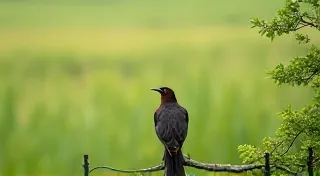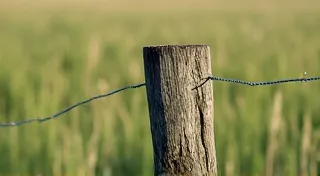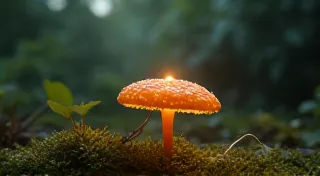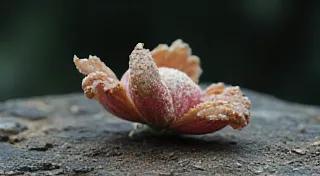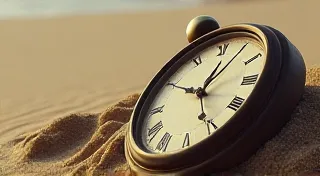The Gardener’s Vigil: Fairy Rings and Protective Magic
The scent of damp earth and decaying leaves clings to the memory. It's the smell of my grandmother's garden, a place of quiet enchantment where gnarled apple trees leaned over tangled rose bushes, and, sometimes, where I’d find them – fairy rings. Not the theatrical, glitter-dusted versions of modern fantasy, but the quiet, unassuming circles of mushrooms that punctuate meadows and woodlands across Europe and beyond. They weren't something to be trifled with in her stories, but treated with a profound respect, a gardener's vigil. She's gone now, but the understanding she instilled in me, the ancient beliefs surrounding these fungal circles, remains, as steadfast as the oldest oaks.
The phenomenon itself is, of course, explicable by mycology. The rings are created by the mycelium of certain fungi expanding outwards from a central point. As the outer edge produces mushrooms, the inner ones die off, creating the visible circular pattern. But dismissing them as mere biological occurrences does a grave disservice to the centuries of folklore they're steeped in. To the people who lived amongst them – farmers, shepherds, woodland dwellers – they were doorways, boundaries, and warnings all rolled into one. They were places of fairy power.
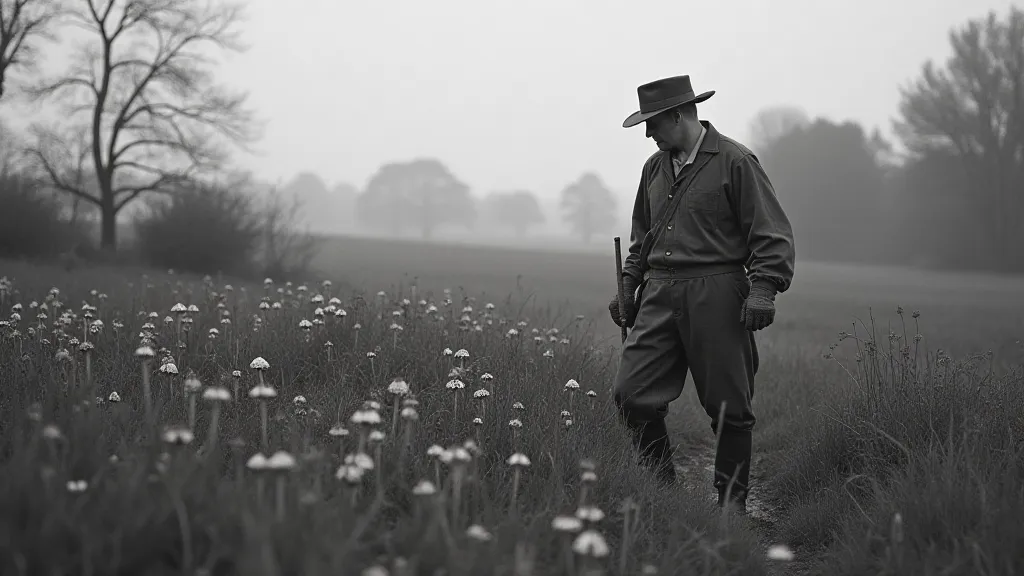
Guardians of the Threshold: Regional Variations in Belief
The specifics of the beliefs varied greatly from region to region, a fascinating reflection of the unique landscapes and histories shaping local traditions. In many parts of England and Ireland, fairy rings were seen as dancing grounds for the Sidhe, the Otherworldly beings often equated with fairies. To stumble upon one accidentally, particularly at night, was to risk being drawn into their revelry, a fate that could range from harmless mischief to permanent abduction. Stories were told of people vanishing within the rings, never to be seen again.
In some areas, it was believed that anyone who entered a fairy ring would be afflicted with madness or become bewitched. To counteract this, specific rituals were employed. Stepping over a fairy ring was often forbidden, and if one did accidentally step inside, it was crucial to spin around three times and curse, or spit, to ward off the fairies' influence. Iron was a common protective element – carrying a horseshoe or an iron nail was thought to offer some immunity to the fairy’s power.
Beyond Britain and Ireland, similar beliefs were found across Europe. In parts of Germany, fairy rings were known as “hexenkreise” (witch's circles), connected to pagan rituals and believed to be places where witches held meetings. Folklore from Scandinavia and Eastern Europe similarly described the rings as portals to the Otherworld, populated by spirits both benevolent and malevolent.
The Accordion's Echo: Craftsmanship and Respect for the Old Ways
My grandmother wasn’s a farmer, but she possessed the same deep respect for the land and its lore. She taught me to see the beauty and the power in these seemingly simple things - a perfectly formed mushroom, a weathered stone, a field of wildflowers. She also collected antique accordions. Not for their musical value necessarily – although she did enjoy their melancholic sound – but for the craftsmanship, for the way they embodied a connection to the past. Each button, each bellows, a testament to the skill of the maker and the enduring nature of human artistry.
Restoring an old accordion, she’d say, was like restoring a piece of that lore. It required patience, meticulous attention to detail, and a deep understanding of the materials and techniques involved. Just as one would approach a fairy ring with caution and respect, so too must one approach the restoration of an antique accordion. A rushed job, a careless mistake, could damage the instrument irreparably, destroying a piece of history.
The parallels are surprisingly potent. Both fairy rings and antique accordions are ephemeral – vulnerable to the elements, easily damaged, slowly fading reminders of a time when the veil between the human world and the Otherworld felt thinner. They both demand reverence, a willingness to understand their context and appreciate their intrinsic value.

The Gardener’s Vigil: Ritual and Reverence
My grandmother's "gardener’s vigil" wasn’t about performing elaborate rituals, but about cultivating a sense of awareness and respect. It was about observing the natural world with a keen eye and a humble heart. It was about understanding that some places are sacred, that some boundaries are not to be crossed lightly.
Even now, when I encounter a fairy ring, I pause. I take a moment to appreciate its beauty, to acknowledge the power that it holds. I might leave a small offering - a few wildflowers, a smooth stone – as a gesture of respect.
The modern world often encourages us to conquer and control nature. But the folklore of fairy rings reminds us that there are places that are beyond our dominion, that some things are best left undisturbed. These circles of mushrooms are not just biological phenomena; they are living embodiments of ancient beliefs, testaments to our enduring connection to the natural world, and gentle reminders of the mysteries that still lie hidden just beyond our perception.
The same care we give to restoring an antique accordion, the same respect we hold for the skills of the craftsman, is the same respect we should show the land itself. Perhaps, if we cultivate that reverence, the veil will thin again, and we might catch a glimpse of the dancing lights within the fairy ring, hear the echo of ancient songs carried on the wind, and remember that we are but temporary custodians of a world far older and more wondrous than we can fully comprehend.
